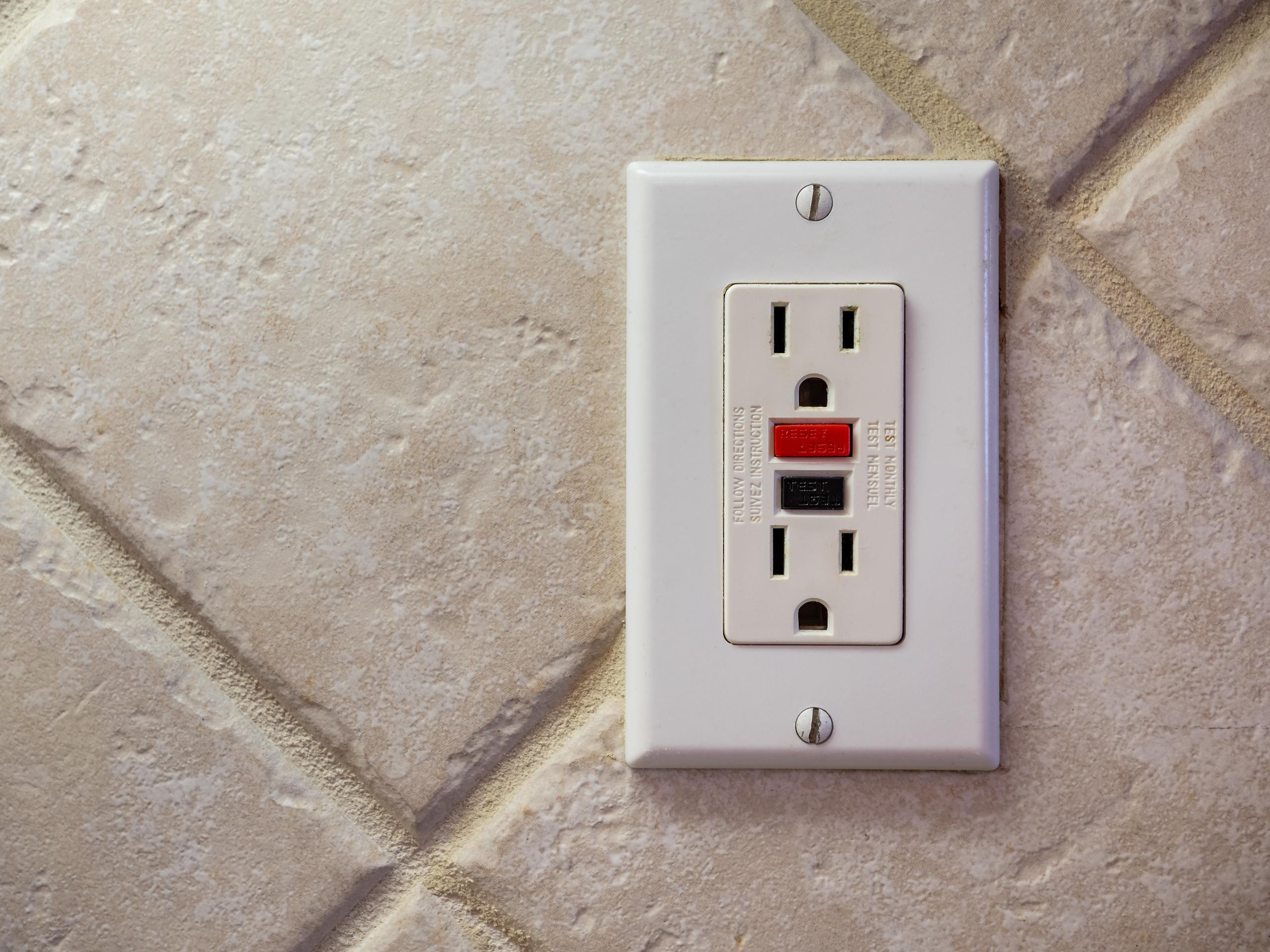
Plug in to safety
Posted by Jeph Novak on May 12, 2021
May is electrical safety month, which is a great time to examine the safety of the electrical outlets in your home more closely. You may have noticed that certain outlets in your home look different than others. There are many different safety features of outlets that can be found in homes, including ground fault circuit interrupters (GFCI), tamper-resistant outlets and arc fault circuit interrupters (AFCI), and they each have a specific purpose to ensure your safety and the safety of your home.



GFCI Outlets
GFCIs are required in locations next to water (bathrooms, kitchens, basements, laundry rooms, etc.). GFCIs contain a sensor that detects when there is any variation from the normal electrical current, which may indicate water or other conductors that can cause electrocution and injury to humans. If the outlet senses this variation, the internal switch in the outlet will shut off the flow of electricity. You may still receive a shock, but thanks to the safety features in the outlet, it will be nothing that will cause prolonged injury or death.
You might recognize these outlets by the two buttons in the middle of the outlet: the black or sometimes white TEST button and the red RESET button. It is best to use the TEST button monthly to make sure the outlet still works and cuts off power when necessary. To restore power, whether you are testing the outlet or if the outlet shuts it off on its own, press the RESET button when it is safe to do so. If power is not restored to the outlet, it is best to call an electrician to examine the wiring and determine if more work is needed to restore power.
Tamper-resistant
Tamper-resistant outlets are child-proof outlets designed to prevent foreign objects from entering the sockets. These outlets have a built-in shutter system that only opens when two prongs are inserted at the same time. If one object, such as a paperclip, is inserted on one side, the shutters won’t open. Only when there is pressure on both sides, such as from a functioning plug, will the shutters accept the plug. This keeps children safe if they stick anything in the outlets. Tamper-resistant outlets also work with GFCI and AFCI technologies, making them even safer in your home. There is a chance you may feel the shutters open when plugging something into a tamper-resistant outlet, and that’s perfectly normal. If you feel excessive resistance when plugging in, check that the plug’s prongs are straight and are not bent or cracked.
AFCI
AFCI breakers are often found in bedrooms, living rooms, basements and other places with a lot of furniture and activity. These fixtures are designed to protect against conditions that can cause fires.
Sometimes, electrical wiring in the home can become damaged, which can create a dangerous potential for electrical fires, especially around furniture and other flammable objects in the home. AFCI breakers are designed to protect the home from fire if they detect arcs, which are caused when the electrical current flows along a broken or disrupted path, such as frayed wires or overloaded plugs. The breakers turn off the power to the circuit when this is detected. If the breaker refuses to reset and continues to trip, call an electrician to inspect and fix the problem. AFCI breakers can be installed in combination with GFCI outlets and tamper-resistant outlets, increasing the protection in your home.
Outlets are essential for modern day life. Technology such as GFCI, AFCI or tamper-resistant equipment is designed to ensure your safety, but even with this technology, caution should be used when dealing with electrical outlets. Make sure to only insert undamaged cords and plugs, and if you experience sparks or excessive heat near your outlets, call an electrician to examine the outlet. This electrical safety month, take a moment to talk to your children about how to be safe around outlets.

